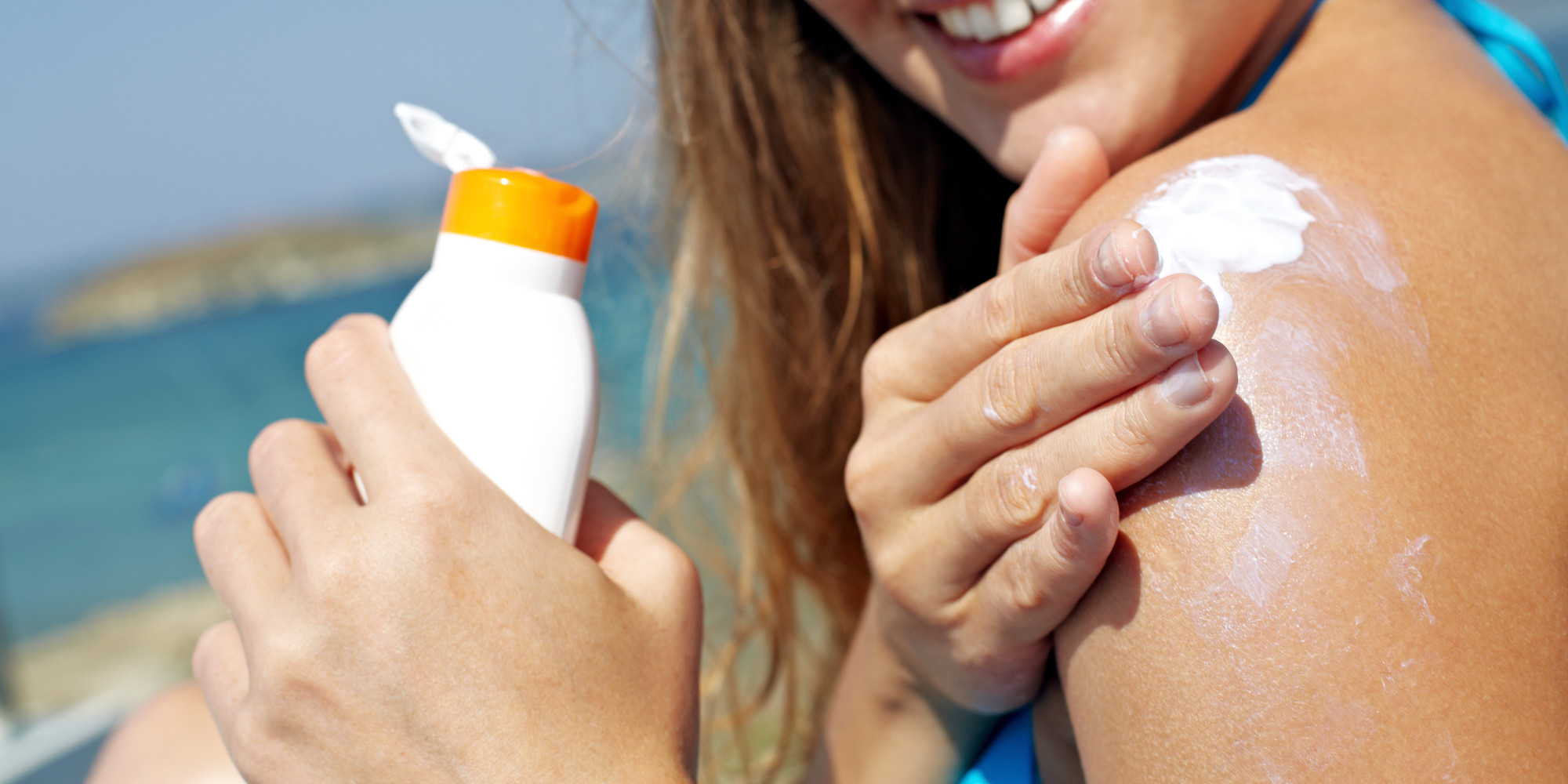As the sun gets stronger in the sky, sunscreen must be your go-to product. But with so many brands vying to offer maximum protection, how to choose ta good one?
While it might have been a potent guide to follow years ago, in a time when more and more enhanced sunblocks hit the market, high SPF is only one of the factors to look for. Here is what more to consider.
SPF indicates only UVB protection. Yet, both UVB and UVA rays spike the risk of skin cancer. In addition to this, UVB rays trigger sunburn, while their UVA counterparts cause wrinkles. Hence, it is important to shield your skin from both. Yet, no metric tracks how effective a sunscreen is in warding off UVA rays. There is, however, a word you should seek out on the packaging – broad (or multi) spectrum. This hints that the product contains such UVA-obstructing ingredients like ecamsule, avobenzone, oxybenzone and the less expensive titanium dioxide and zinc oxide. In the past, the latter two left pale, powdery traces on the skin but improved formulas and manufacturing techniques have resolved the ghost-evoking issue.
Another crucial facet a good sunscreen needs to possess is water and perspiration resistance. While no sunscreen is entirely proof against sweat and water, those that are resistant could hold for over an hour of exercising or swimming. Reapplication, however, is the safest means to keep sun damage at bay.
If you have sensitive skin, suffer from conditions like rosacea or have allergies, your best bet might be kids sunscreens that do not include irritants like benzephenones, sulisobenzone and dioxybenzone.

























